When Apple hauls its latest tech into the mountains, you pay attention. Not the usual polished halls. This time, the company packed social media influencers and sent them straight into Colorado's rugged wilderness to put the iPhone 17 Pro Max, AirPods Pro 3, and Apple Watch Ultra 3 through their paces.
The Rocky Mountain setup reads like a message. Built for real life, not stage lights. It is a bold move that extends the recent fall product event into terrain where dropped calls and dead batteries are not just annoying, they are risks, like being unable to call for help during an emergency or losing GPS on an unmarked trail. Confident enough to showcase their latest hardware in demanding conditions, Apple is signaling these are not typical incremental updates.
Why Colorado's rugged terrain makes the perfect testing ground
Most tech demos happen in perfect conditions. Controlled lighting, stable tables, climate control. Real life is messier. Cold mornings that bite your fingers, thin air, dusty switchbacks.
So Apple chose Colorado. The plan revolves around group hiking, trail running, and various outdoor activities designed to stress test the devices. It is one thing to claim great battery life in a press release. It is another to prove it on a multi-hour mountain trek with constant GPS, altitude pushing heart rates, and cold that typically drains batteries 20 to 30 percent faster than at sea level. Want a real test? This is it.
What stands out is how the Apple Watch Ultra 3 holds up. The 42-hour battery life during normal usage does not just survive, it excels despite altitude, temperature swings, and constant GPS. When the group hikes past the last bar of service, the watch's satellite connectivity that kicks in when you're completely outside cellular range becomes the safety net.
That satellite capability is more than a panic button. It enables location sharing with emergency contacts, weather updates in remote areas, and coordination for search and rescue with precise GPS coordinates. Apple has made the satellite SOS feature free for the first two years, which removes the upfront cost barrier on a feature that could save a life.
How the Ultra 3 redefines adventure-ready wearables
The Apple Watch Ultra 3 is not just an incremental update, it is Apple aiming squarely at purpose-built adventure watches from Garmin and Suunto. It has been recognized as Apple's most durable and enduring smartwatch, built for athletes and adventurers who need gear that works when the stakes are high.
Numbers matter on the trail. In Colorado's thin air and temperature swings, real-world testing confirms about 20 hours of continuous workout tracking with GPS and heart-rate monitoring enabled in low power mode. Given conditions that typically reduce device performance by 15 to 25 percent, that endurance covers ultra-distance efforts or multi-day hikes where charging is a maybe-later problem.
Construction tells the rest of the story. The 49mm case is crafted from titanium case (100% recycled titanium, per Apple) using a 3D-printing process with completely recycled materials. Unlike Garmin's polymer construction or Suunto's steel cases, this titanium approach delivers a strong strength-to-weight ratio, crucial when every ounce counts.
Water resistance reaches 100 meters according to ISO standard 22810:2010, which enables recreational scuba diving up to 40 meters and high-speed water sports. The device also maintains IP6X dust resistance and MIL-STD 810H military durability compliance, specs that put it closer to tactical kit than everyday electronics.
What sets it apart is the balance. Extreme durability with smart features you will actually use daily. Not just surviving harsh conditions, but being useful while it does. I like that trade.
What the iPhone 17 Pro brings to outdoor photography
Among the four new iPhone models launched this year, the iPhone 17 Pro is the pick for outdoor shooters. Fast-changing light, quick movement, one chance to get the shot. Think wildlife cresting a ridge or golden hour on a peak.
All three camera systems now feature 48-megapixel sensors, so you get clean detail across wide, ultra-wide, and telephoto. Outdoor creators will also notice the front-facing camera jumps from 12 megapixels to 18 megapixels with a new square sensor design. It enables both vertical and horizontal capture without a quality penalty. Tiny change on paper, big change when you are switching orientations on the fly.
The telephoto system is the crowd pleaser. The fusion telephoto system offers 4x optical zoom at 100mm and 8x zoom at 200mm, powered by a sensor that's 56% larger than its predecessor. That lets you frame distant wildlife from safe distances, pull texture from rock faces, or isolate far-off ridgelines without turning your image to mush.
Performance holds up too. You get 40% better sustained operation compared to the iPhone 16 Pro, thanks to an enhanced cooling system and the A19 Pro chip. Under direct sun at altitude, where a patch of shade can feel like half a season cooler, thermal management keeps the camera rolling longer.
AirPods Pro 3: More than just audio upgrades
The third-generation AirPods Pro go beyond better sound, though the audio bump is real. The active noise cancellation is now twice as effective as the Pro 2s and four times better than the original AirPods Pro. Outside, that means music, podcasts, or calls cutting through wind, rushing water, even highway hum.
From a fitness angle, the headliner is a built-in heart rate monitor. It folds into Apple's health ecosystem as backup for the watch during activities where wrist sensors struggle with gloves, extreme cold, or grip-heavy efforts. Ear-based readings often stay steadier during high-intensity work, since they are less affected by arm swing and tension.
Durability steps up with an IP57-rated (dust and water resistant; IP57 provides protection against immersion in up to 1 meter of water for 30 minutes, but Apple notes water resistance is not permanent). Kayaks, laps, surprise downpours. The pair that used to be at risk now stays in play.
Real-time translation adds utility when traveling, whether you are sorting gear or trying to handle an urgent situation. And despite the upgrades, Apple has kept the price at $249, which undercuts a lot of niche sports audio while bundling health features you usually see in pricier fitness devices.
One last detail matters when you are moving fast. Apple says these are the best-fitting AirPods to date. Better fit means steadier sound and more reliable sensor contact through elevation changes and awkward, full-body effort. No constant readjusting. Bliss.
The bigger picture: Apple's outdoor strategy evolution
This Colorado event is more than a product launch. It shifts the story from look what we built to watch it work when it counts. The company’s focus on faster speed, lighter weight, increased efficiency, and higher performance reads less like hype and more like a plan for real-world use.
The numbers back the emphasis. Apple’s wearables segment is projected to generate $35.5 billion in sales this fiscal year, even with lower margins than the iPhone. That suggests a willingness to invest in categories that strengthen the ecosystem, especially for adventure sports and outdoor recreation.
Testing in Colorado does something lab charts cannot. It validates durability and performance in the places that matter to the target audience. Not sterile drop tests. Actual cold. Actual altitude. Situations where failure is more than inconvenient.
Taken together, it looks like Apple sees the outdoor and adventure market as a serious growth lane. These are not just lifestyle accessories anymore, they are tools meant to work when conditions turn rough and reliability blurs into safety. If the gear can handle Colorado's mountains, it makes a strong case it can handle your next trip, whether that is a weekend hike or a multi-week push into remote terrain.




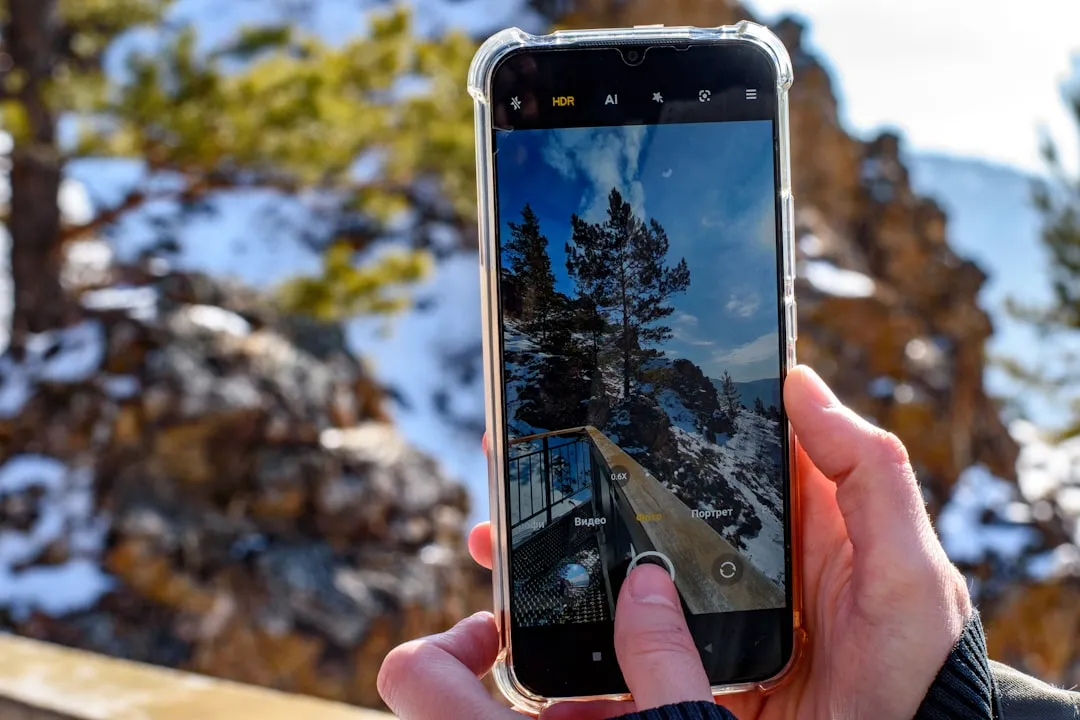
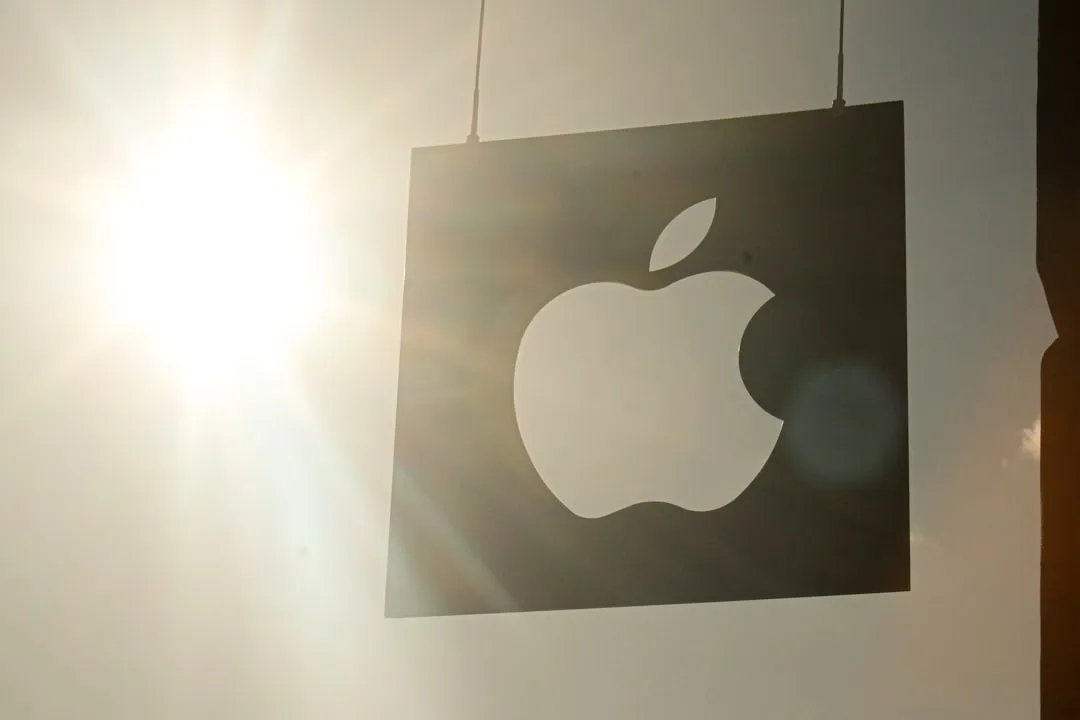
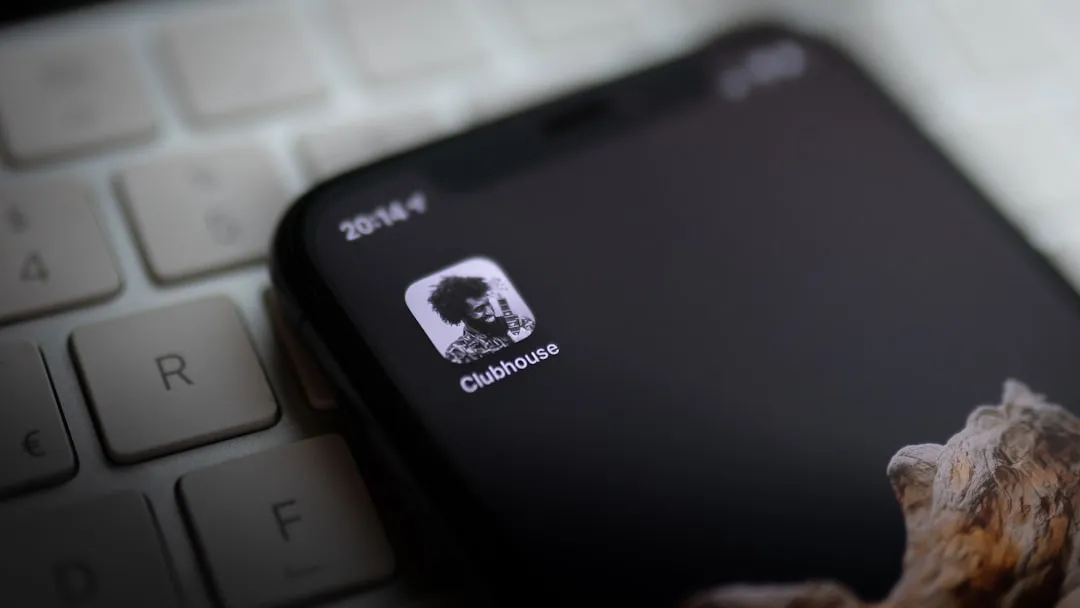
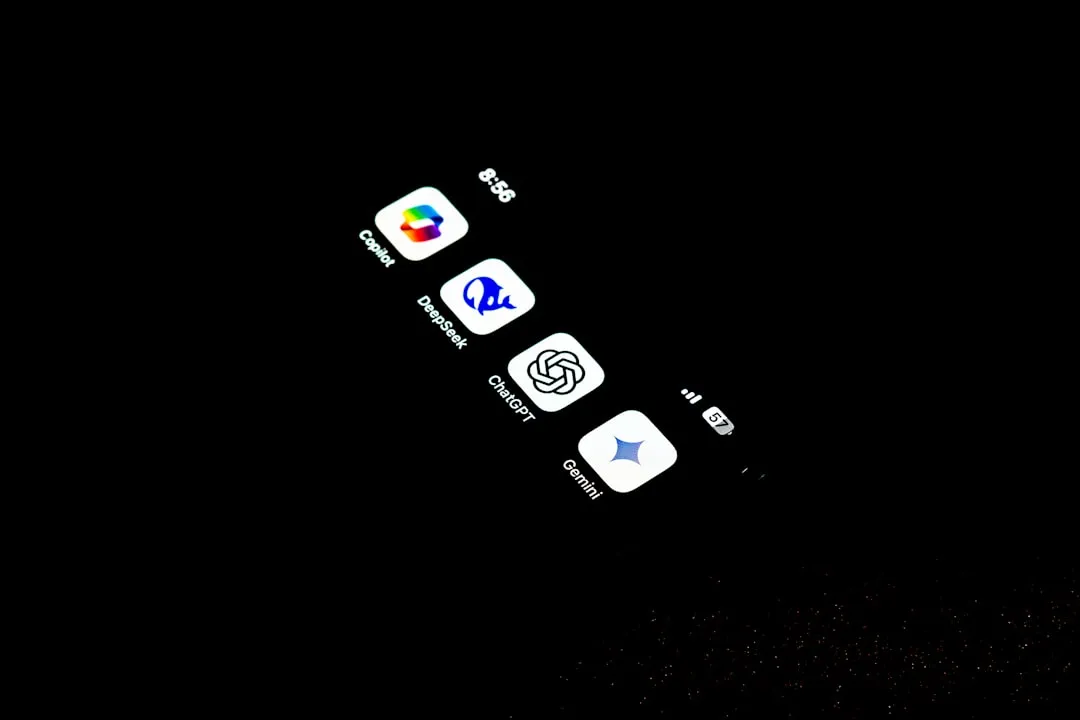
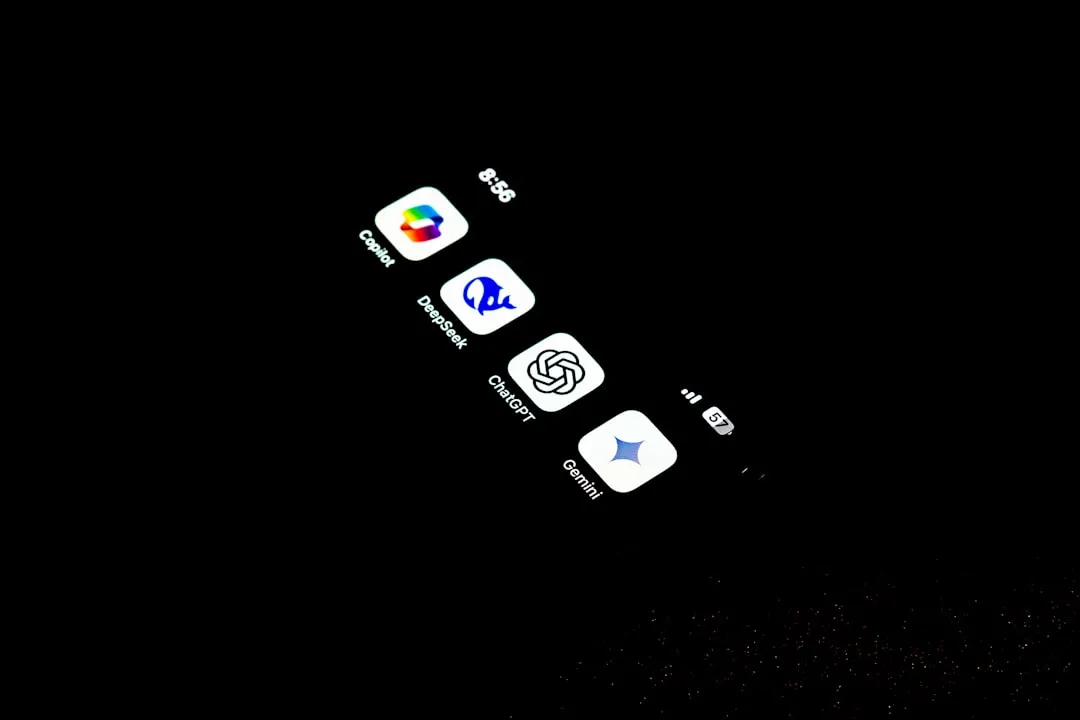
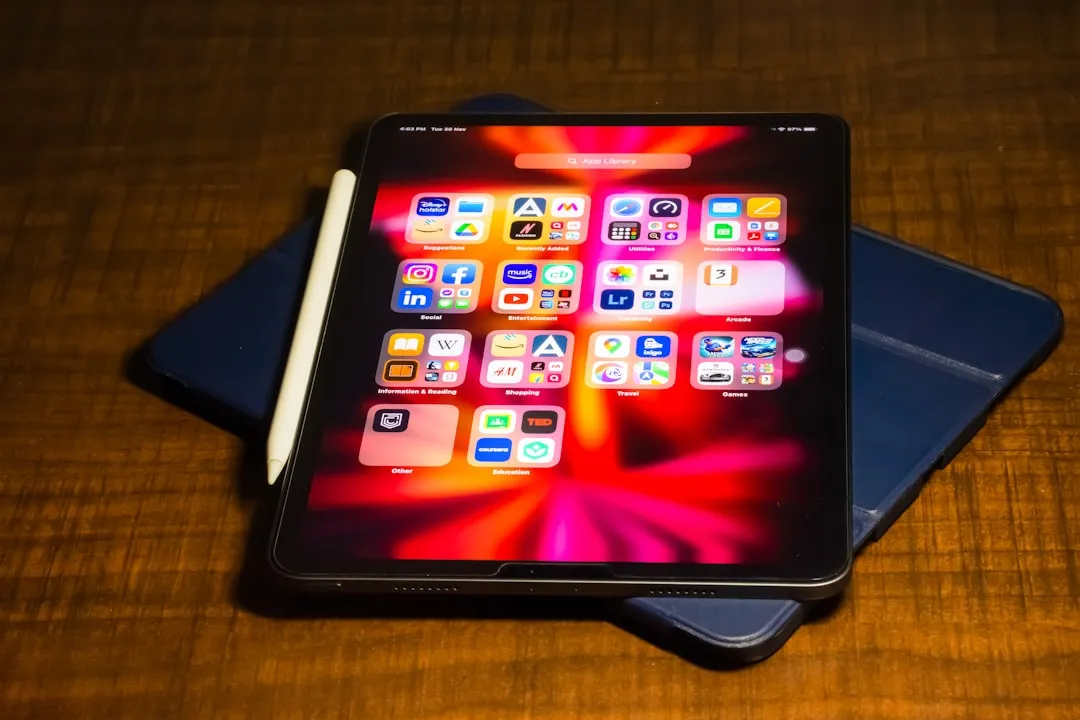
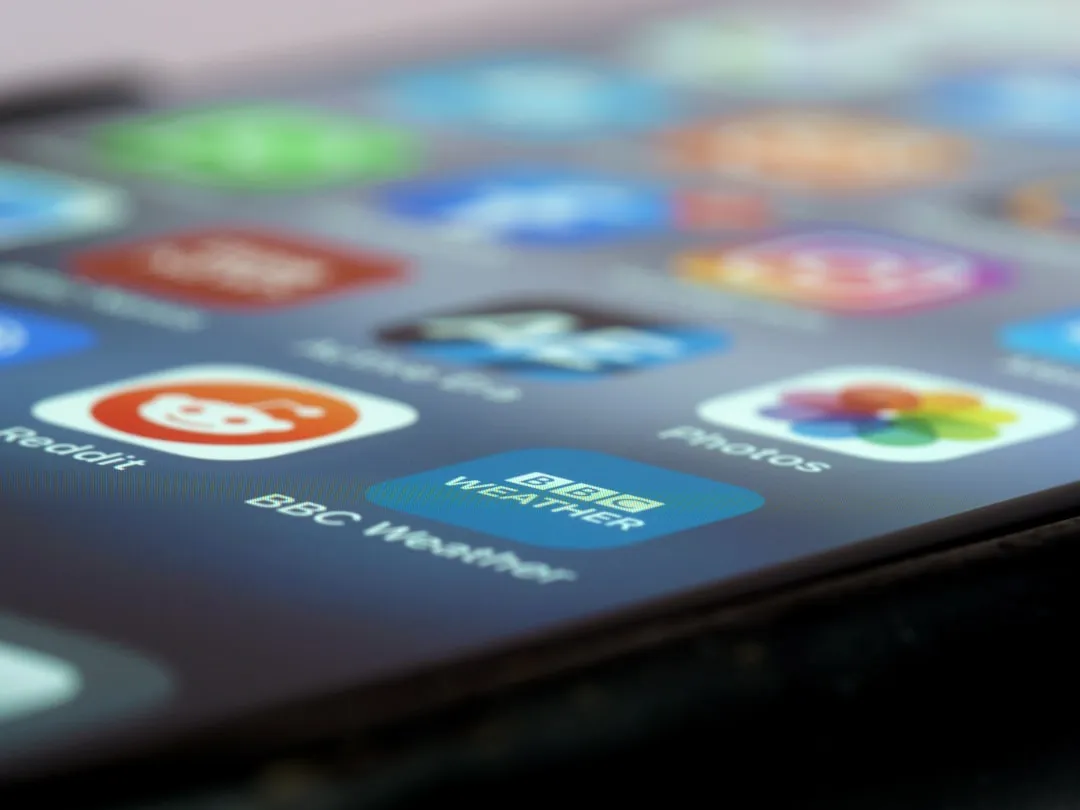
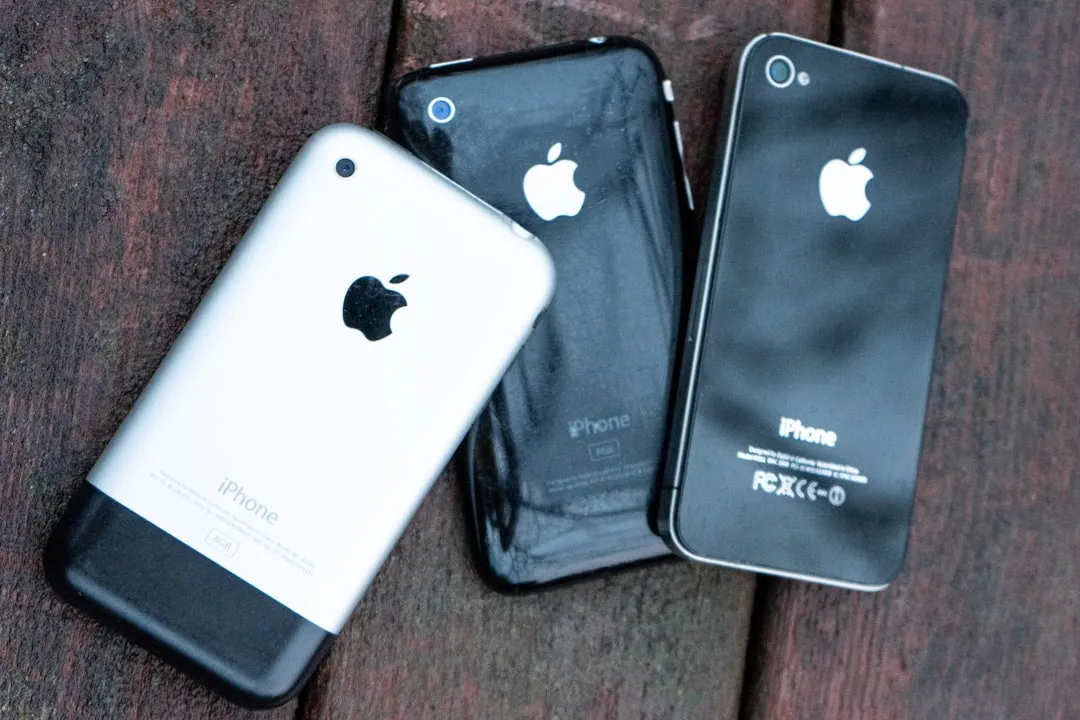

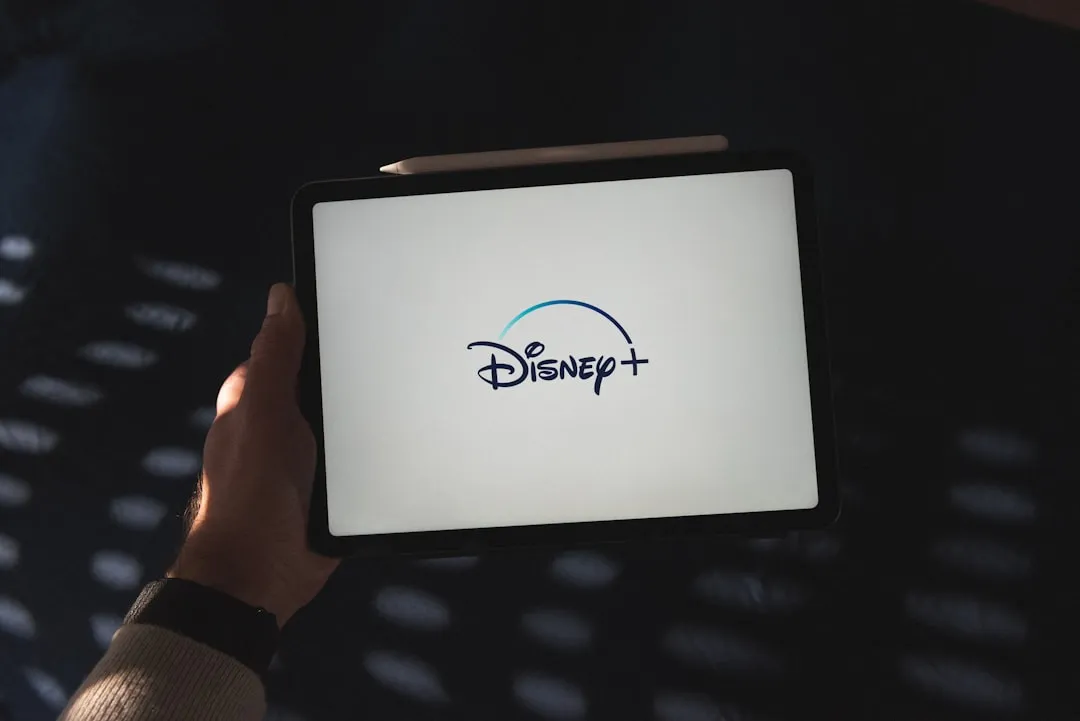
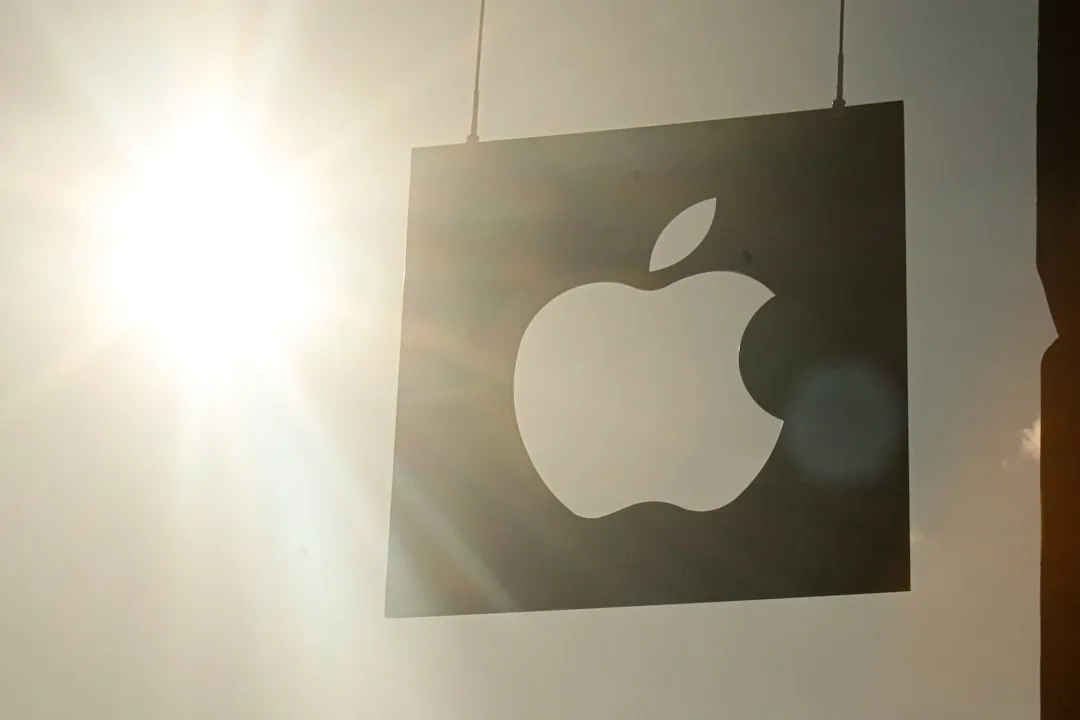
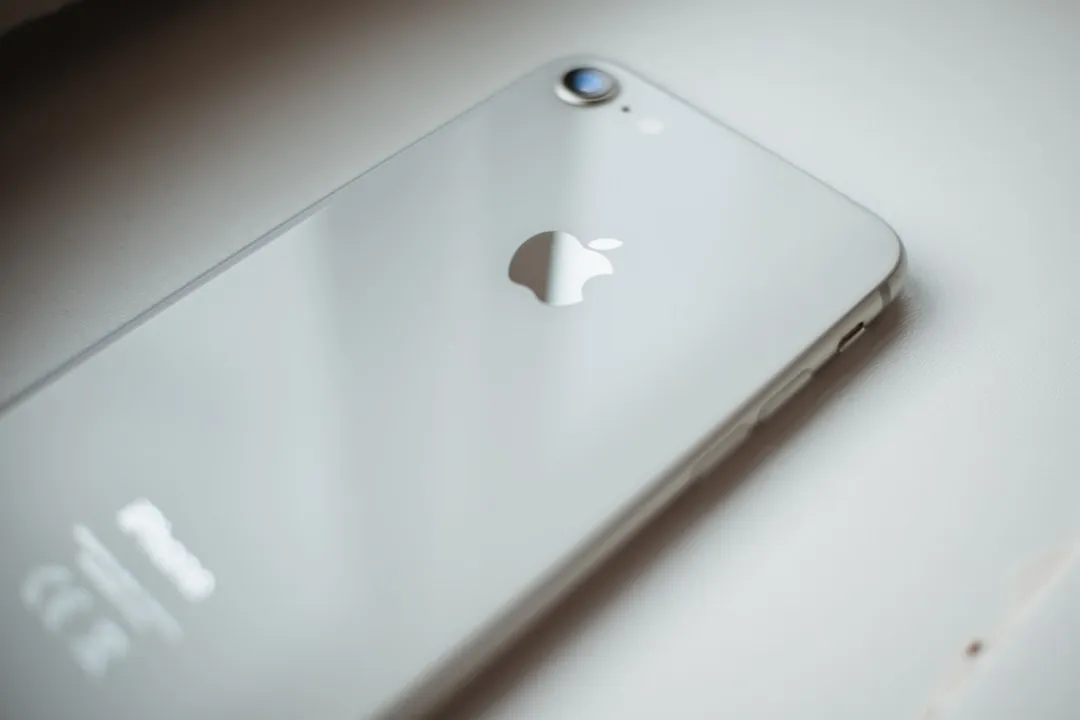
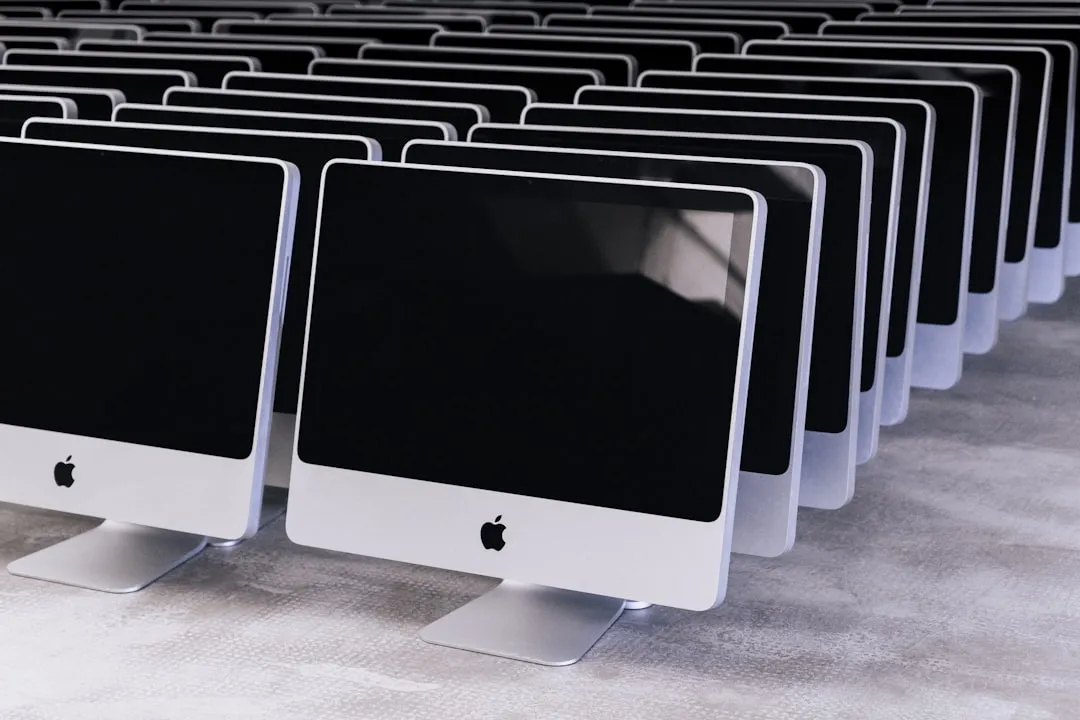
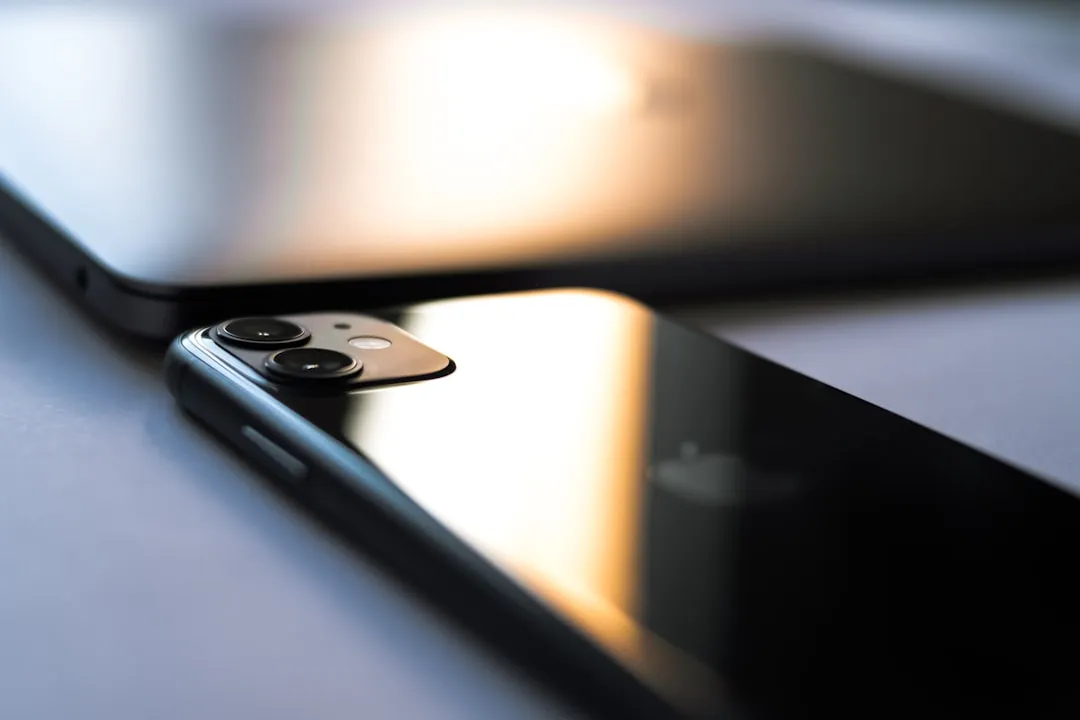

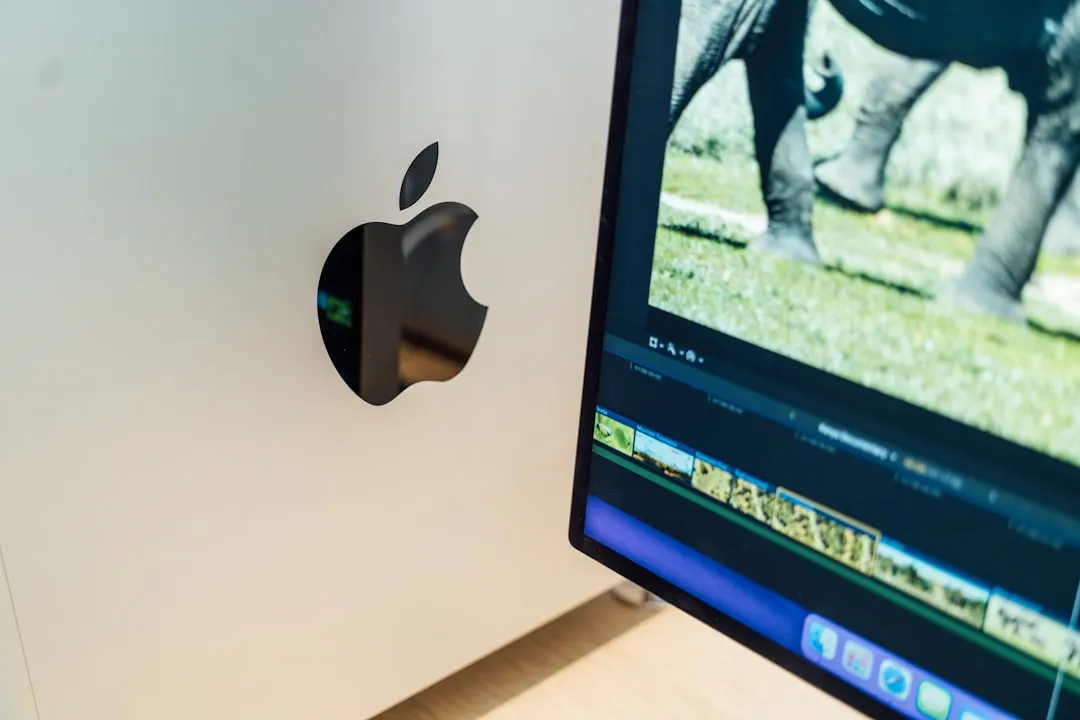
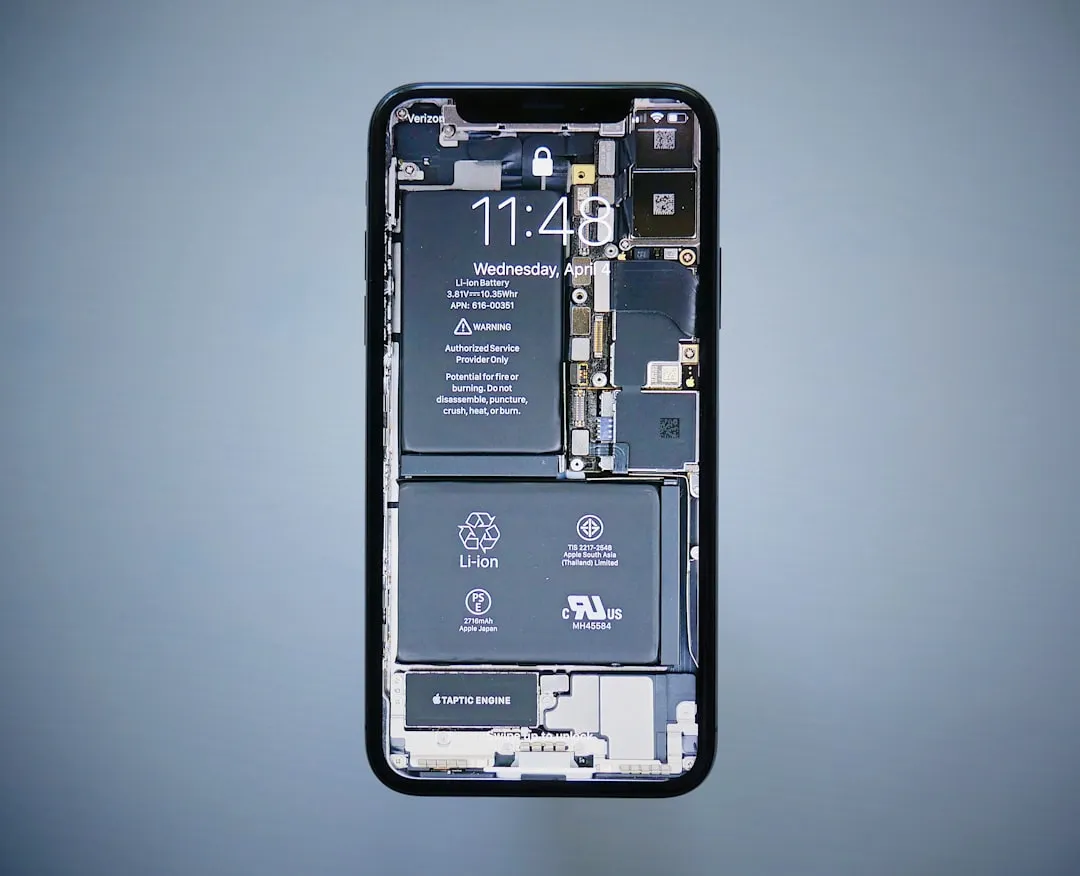

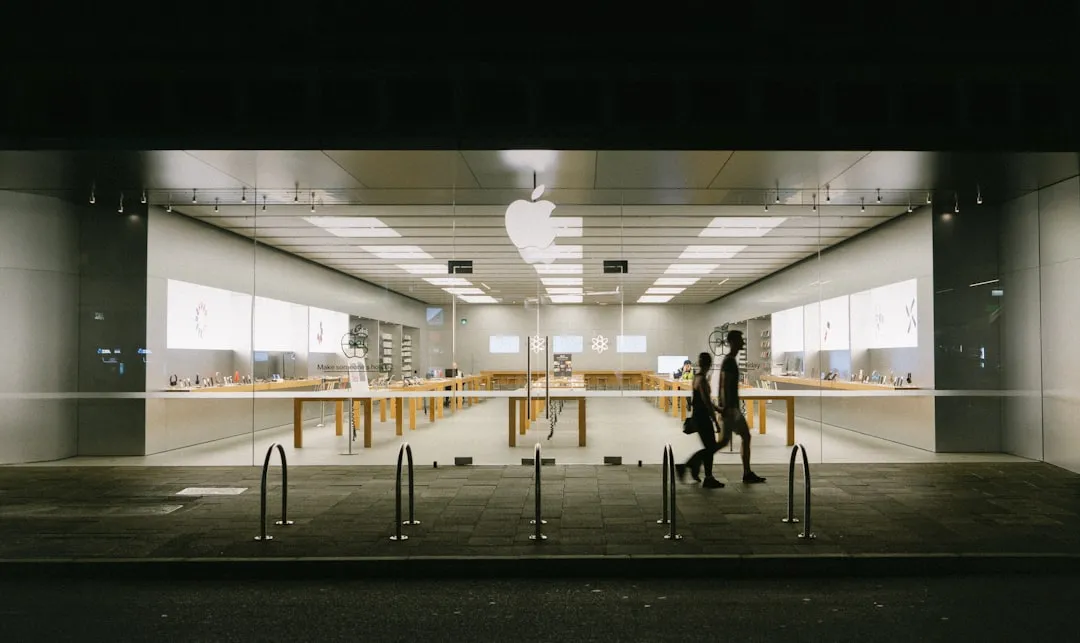
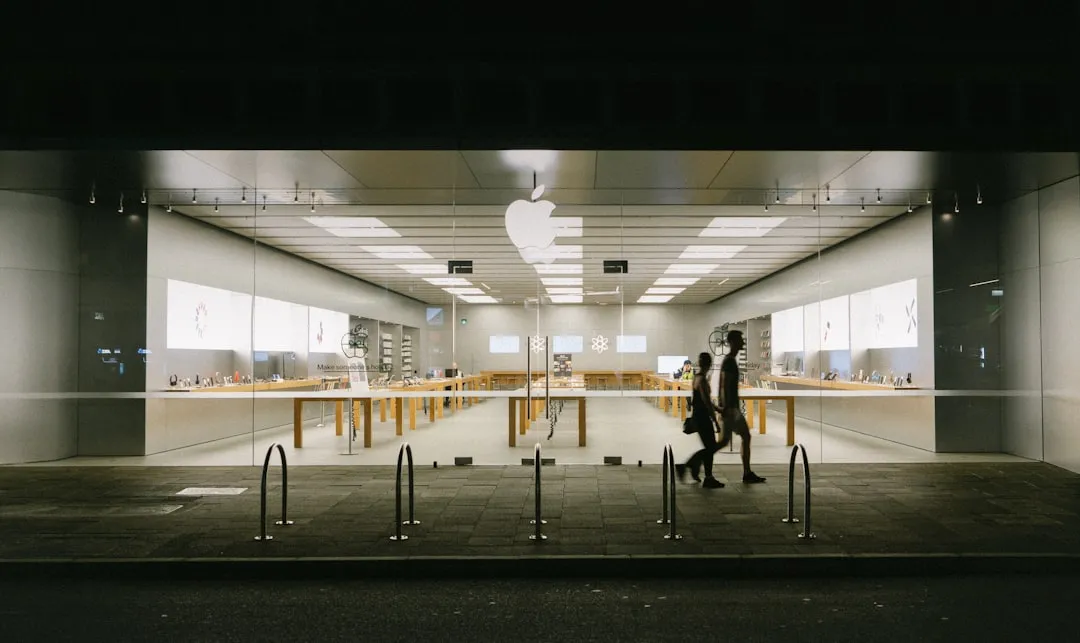

Comments
Be the first, drop a comment!